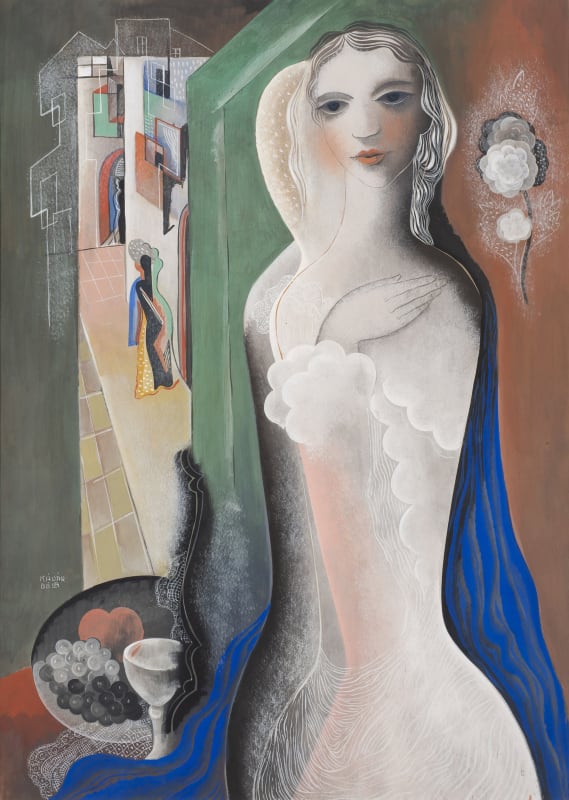Béla Kádár: 1877 – 1956
Connaught Brown’s exhibition Béla Kádár: 1877 – 1955, is the first in London to focus on the artist in many years. The core of the show will be composed of twelve works from one important private collection.
Béla Kádár, one of the leading Hungarian artists of the early 20th century, strove to create his own artistic language. Often depicting rustic Hungarian village scenes within primary compositions, Kádár brought together Jewish symbolism and the rural traditions of Hungarian folklore with stylist elements derived from contemporary movements such as Cubism, Futurism and Orphism.
Born in 1877 to a poor Jewish family in Budapest, Kádár enjoyed early success and won a lucrative mural commission that enabled him to establish himself in the city. However, he left for Vienna and Berlin 1919 when his left wing politics put him out of favour.
In Berlin Kádár was introduced to Herwarth Walden who both admired and championed his work, mounting two solo exhibitions at his famous Galerie Der Sturm. Here he showed alongside Marc Chagall, Wassily Kandinsky and Paul Klee. Kádár’s success in New York came after being included in The Société Anonyme - organised by Kathleen Dreier with Man Ray and Duchamp – at the Brooklyn Museum (1926 and 1928). These shows were instrumental in bringing the European avant-garde to New York, and further enhancing Kádár’s international reputation.
Kádár’s work can now be found in many museums including the Hungarian National Gallery, Budapest; Museo Thyssen-Bornemisza, Madrid and Philadelphia Museum of Art, Philadelphia.

